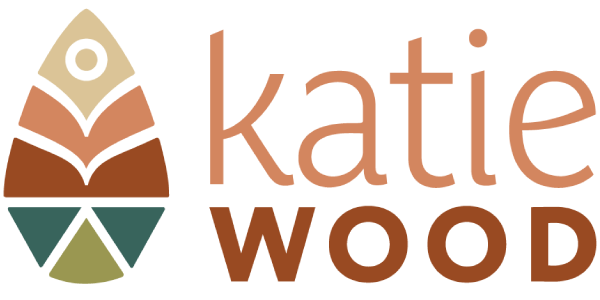Cover photo by Bill Sincavage
“Good judgement comes from experience. Experience comes from poor judgement.”
Years ago I worked as an outdoor educator, where I led students into the mountains on month long trips to teach them leadership and survival skills. I loved that job for many reasons, but I’ve always said that my favorite part was witnessing the personal transformation the students would go through over the course of 4 weeks in the woods.
Students learning how to navigate in the Gila Wilderness.
Most students came from urban areas where they hadn’t spent much time off a sidewalk, let alone navigating off-trail in the wilderness. They’d show up not knowing how to pack a backpack, operate a stove, or set up a tent, but on day two they were suddenly miles down a trail needing to figure those skills out—and fast!
The mosquitos would swarm them as they tried to read a map, or it would be pouring rain as they’re trying to light their stove to cook dinner after a long day on the trail. Hungry, tired, sore, cold, wet, disoriented—I’m sure you can imagine their desperation in those moments.
They were consciously incompetent and frustrated by their clumsy skills and green judgement. They’d read the map incorrectly and hike for a mile in the wrong direction before they caught the mistake. Or they’d use instant potatoes instead of dried milk in their hot cocoa and have a rather unpleasant surprise. A sloppy job setting up the tent resulted in waking up to find rain-soaked sleeping bags in the middle of the night.
The “learning” just never stopped.
To make matters worse, they saw me and their other instructors getting on just fine.
My sleeping bag stayed dry, the mosquitos didn’t bother me much, and my dinner was pretty tasty! Seeing other people, in the same exact situation, more comfortable and operating with more ease than you are is INFURIATING.
You’re trying as hard as you can to get better at these skills so you can be more comfortable too, but damnit, everything is new.
There are so many parallels between new hikers and new business owners I could talk in analogies for days.
When passionate, talented people decide to launch out on their own to take the work they love and turn it into a business, the learning curve is just as brutal. Sure, they know how to do their work, much like my students already knew how to walk…but navigating in this new environment is a challenge they weren’t expecting.
They need to figure out new pricing that works to cover their costs, taxes, income, and marketing expenses.
They suddenly have to become expert marketers, learning how to write copy, craft great offers, and create a presence on social media (which they may not be too keen on to begin with).
They have to figure out exactly what to do with their time. What is the most important thing? Where do they spend their effort?
It all feels incredibly urgent and totally confusing.
My sister leading the way down from a summit attempt in the Wind River range.
Some folks think that maybe they can spend time before they officially get started figuring it all out. They think if they read a bit more, or take a few more webinars, or spend another six months perfecting their website, they’ll have a better chance at success.
However, just like my wilderness students, the learning comes from doing.
Even if you read 17 books on wilderness survival and planned your trip out perfectly, actually hiking down a rocky trail with a 50 pound pack on your back is an entirely different experience.
And, let’s face it, it’s probably going to be harder and more uncomfortable than you anticipated at first.
After a few miles or days, you’ll get into a rhythm and it’ll start to feel better. You’ll start to enjoy this wild business journey. But you can’t skip the first part. You can’t skip the discomfort and the learning. It’s not optional.
As my old boss always says, “it doesn’t get easier, you just get stronger.”
The point is, you’ve just got to start. You’ve got to do the damn thing. You’ve got to get in there, bump your head, make some mistakes, get lost in a rainstorm, and only then will you understand how to really read the map.
Here’s to diving in!
P. S. Interested in making the journey a bit more enjoyable? Check out options for support along the way:




